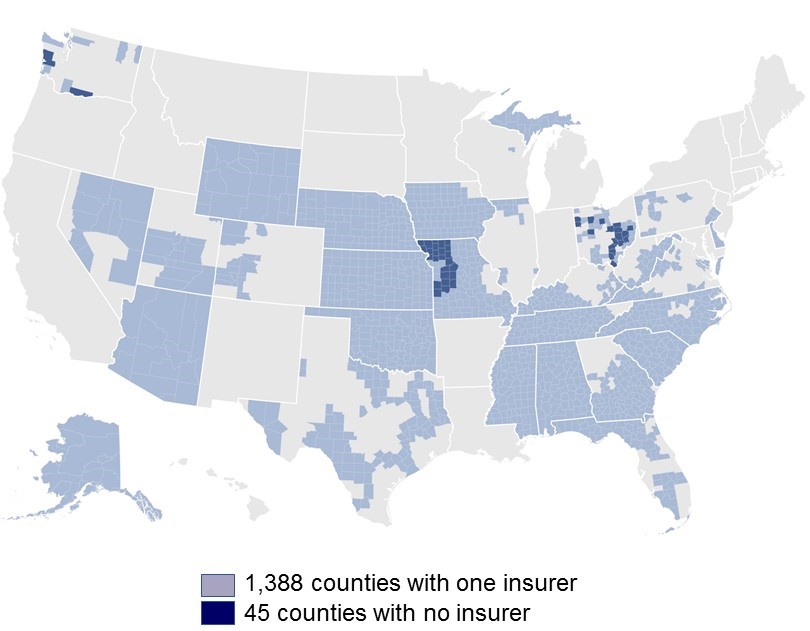Amazon Launches New Messaged-Based Virtual Healthcare Service
 Monday, November 21, 2022 at 8:00AM
Monday, November 21, 2022 at 8:00AM A story in Medscape came at an opportune time yesterday (1). The article announced that Amazon had launched its latest version of virtual medical care on Tuesday, November 15, in 32 states. Called Amazon Clinic, the service omits phone and video calls but instead works through secure messaging between patients and providers. Just after finishing the story, my daughter called and wanted to know if she could buy antibiotic containing eye drops over the counter. She says that she has had “pink eye” (conjunctivitis) for about 2 weeks. Her symptoms of itchy, red eyes without discharge were mostly relieved by an over-the-counter tetrahydrozoline HCl 0.05% drops (Visine). She did not want to go to an emergency room for such a minor issue and had a demanding schedule the following day making a doctor’s appointment difficult. I told her she probably had a viral conjunctivitis but suggested that she could try the virtual clinic since she lives in a state where the Amazon virtual clinic is available. She did contact them and below she reports her experience.
After signing into her Amazon account, she did not have a “Clinic” selection on the banner at the top of her Amazon home page. She searched Amazon using “Amazon clinic” and a page popped up directing her to the appropriate website. After selecting a diagnosis (“pink eye”), she spent about 15 minutes filling out forms which asked demographic information as well a brief history of her present illness, past medical history, and previous therapies. She also took a “selfie” as well as a photo of her driver’s license. Within about 10 minutes she heard back from a nurse practitioner and a prescription was called into a pharmacy of her choice. She was extremely pleased with the service which saved her time and only cost $35.
The service is intended for straightforward health needs in patients under 65. The virtual clinic services a list of 18 common conditions including asthma and smoking cessation. Patients with 5 established conditions (asthma, hypertension, hyperlipidemia, hypothyroidism, and migraine) can also seek medication refills. The service does not accept insurance and works on a fee basis that includes follow-up messages with providers for up to 2 weeks. After paying Amazon directly, patients can submit receipts for reimbursement by their insurer if they have one. Visit costs vary by state, condition type, and provider. Wait times for receiving a first response from a provider are also published.
The service is not available in Arizona but is in each Arizona-bordering state as well as Hawaii. Amazon's venture into health care is evolving. It offers a pharmacy service but this would have taken 4 days to have the prescription delivered in my daughter’s case. Amazon plans to shut down its telehealth service known as Amazon Care by the end of the year but recently signed a deal to acquire One Medical's telehealth service and brick-and-mortar primary care clinics according to Becker's Hospital Review (2).
Richard A. Robbins MD
Editor, SWJPCCS
References
- O’Mary L. Amazon Launches Messaged-Based Virtual Healthcare Service. Medscape Business of Medicine. November 15, 2022. Available at: https://www.medscape.com/viewarticle/984089?src=WNL_bom_221120_MSCPEDIT&uac=9273DT&impID=4885555 (accessed 11/20/22).
- Naomi Diaz N. - "Healthcare seen as safe bet in Amazon's cost-cutting review. Becker's Hospital Review. Thursday, November 10th, 2022. Available at: https://www.beckershospitalreview.com/disruptors/healthcare-seen-as-safe-bet-in-amazon-s-cost-cutting-review.html (accessed 11/20/22).

